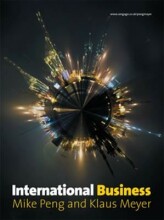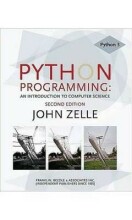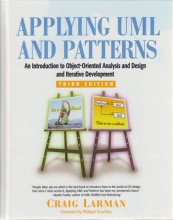Summary: Supply Chain Modeling
- This + 400k other summaries
- A unique study and practice tool
- Never study anything twice again
- Get the grades you hope for
- 100% sure, 100% understanding
Read the summary and the most important questions on Supply Chain Modeling
-
Chapter 6
This is a preview. There are 10 more flashcards available for chapter 12/02/2021
Show more cards here -
What is one of the most popular systems of measuring performance in business?
Balanced scorecard concept -
This concept of the balanced scorecard is not without problems. What are these?
- One set of problems is associated with how people respond to performance indicators → People tend to react to performance incentives in ways never intended by the principals → One solution to this problem is to have multiple performance measures, to “carry a small basket of KPIs”
- Practical experience with PMS → they will become perverted: you still get the behavior you measure, but no longer the behavior you really want
- One set of problems is associated with how people respond to performance indicators → People tend to react to performance incentives in ways never intended by the principals → One solution to this problem is to have multiple performance measures, to “carry a small basket of KPIs”
-
How does one measure the performance in the best possible manner in a setting where the average order inflow increases with 30%? There are different options
- Flow rules - easily
obtainable but noisy - Levels - sound, but delayed. Levels drive behavior
- Workload - optimal, but conceptually complex
- Flow rules - easily
-
What does it mean when performance measures have a high signal-to-noise-ratio?
It is hard to pick up the long-term trend and it is especially hard to pick up the change in the trend -
In which different ways is how a company is doing assessed in terms of SCD?
By monitoring the extensive to which the supply is staying in sync with the demand. Different types of ratio:- Book-to-bill ratio
- Lead time ratio (only under capacity, because the lead-time will not go below a certain minimum delay)
- Workload
-
Why is workload not noisy?
Because it is a ratio of two levels, not two rates -
What are lagging indicators?
They begin to signal that something has been going wrong long after things have started to go wrong -
What were the reasons for the rise of the BSC?
- The appeal of simplicity: monitor some key indicators
- The strength of interdisciplinary: more acceptable common language to discuss issues
- The appeal of simplicity: monitor some key indicators
-
Chapter 7
-
What is the boiled frog syndrome?
Human internal apparatus for sensing threats to survival is geared to sudden changes, not to slow, gradual changes. People gradually and unconsciously adapt to environments that change slowly. As a consequence, their threshold for action are not triggered -
What is the Stage Gate process?
A conceptual and operational map for moving new product projects from idea to launch and beyond.- Series of stages where the project team undertakes the work, obtains the needed information, does the subsequent data integration and analysis
- Gates, where go/kill decisions are made regarding the continued of investment in the project
- Higher grades + faster learning
- Never study anything twice
- 100% sure, 100% understanding

































